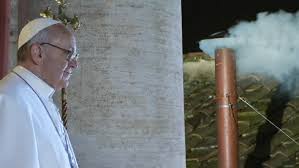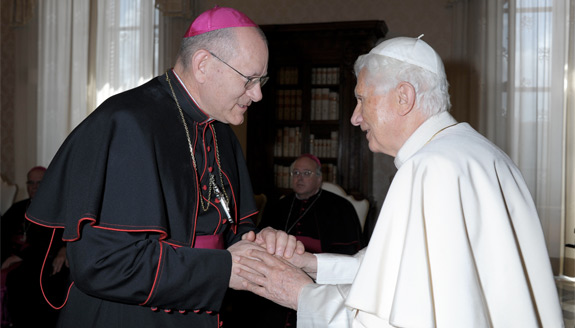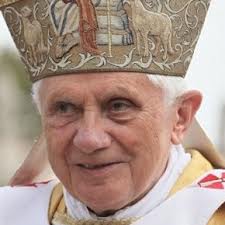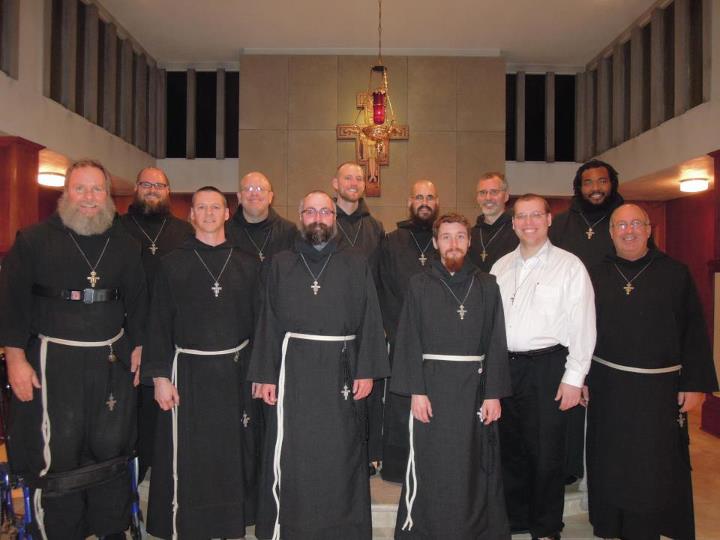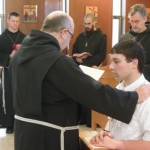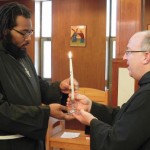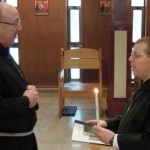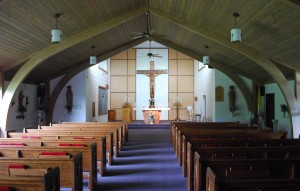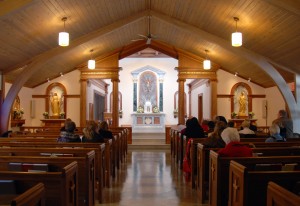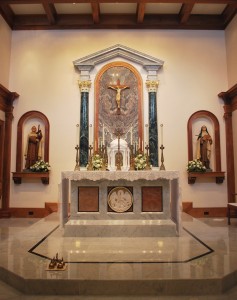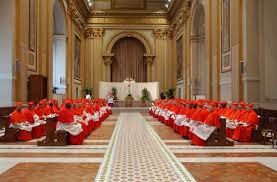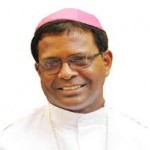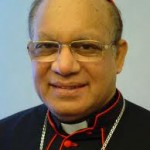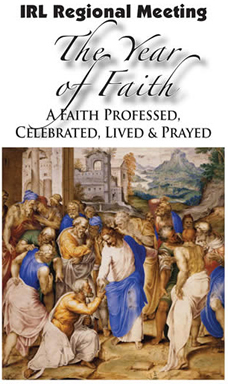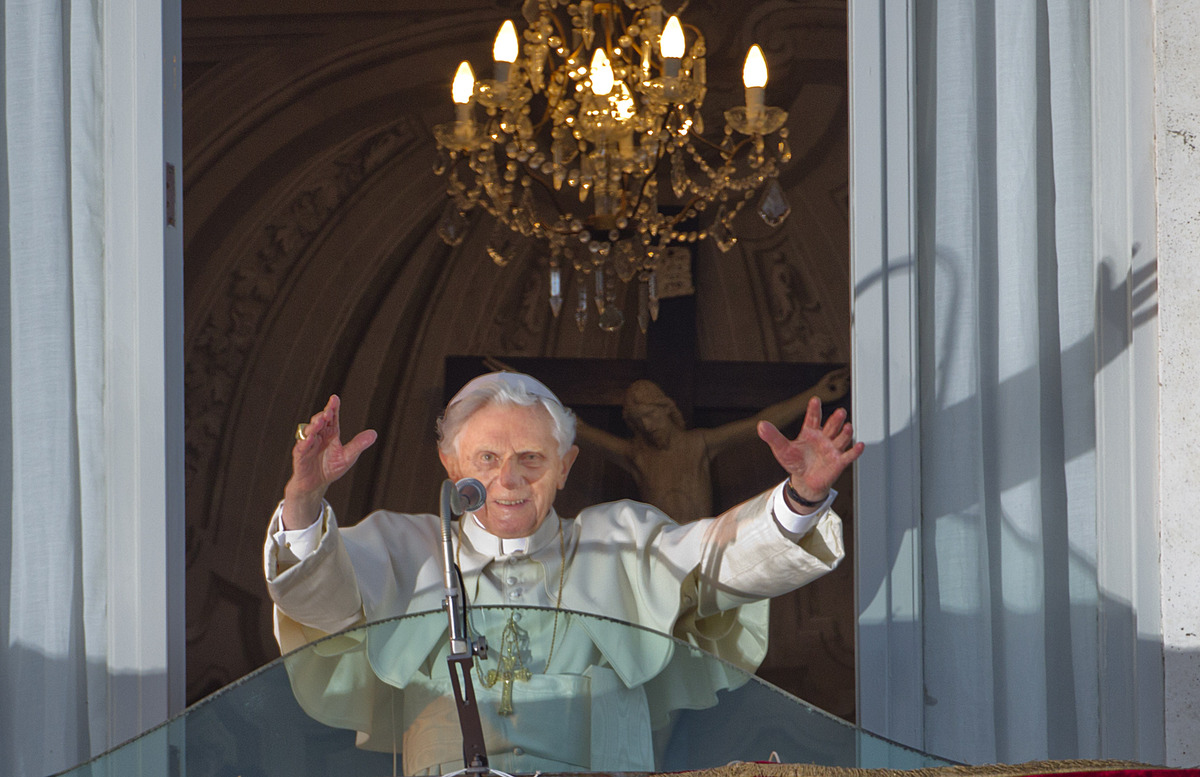“I am very happy that a Latin American has been elected. We know the hopes that it would have been someone from the continent that has the majority of Catholics [in the world],” were the first words of Fr. Federico Lombardi, S.J., director of the Holy See Press Office, commenting on the election of the new Pope to reporters.
“The choice of the name Francis is very meaningful,” he said. “It is a name that has never been chosen before and evokes simplicity and an evangelical witness. His first, simple appearance in public testifies to both. It is a sign of great spirituality to ask the people’s blessing for him before giving his own. It is a spirituality that recalls that of his predecessor. His pastoral sense of relationship with the Diocese of Rome should also be noted. It is the Pope’s diocese and [he chose] to pray the Church’s simplest prayers with the People of God at a moment like this.”
“Cardinal Bergoglio,” he added, “is a Jesuit. Jesuits are characterized by their service to the Church, collecting all the charisms that the Lord gives us wherever they are needed, but trying to avoid positions of power. For me this election takes on the meaning of a call to server, a strong call and not a quest for power or authority. I am absolutely convinced that we have a Pope who wants to serve. His election was the election of a rejection of power.”
Thanks to Vatican Information Service (13-3-2013) for providing this commentary. Click here to go to the Vatican website for a collage of pictures from that historic night.
